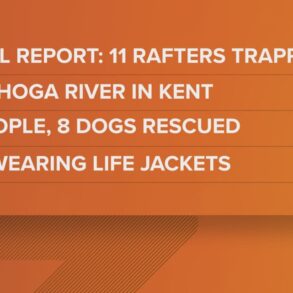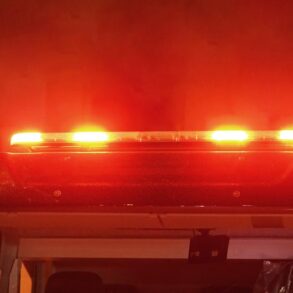
A team doing follow-up investigations into seven potential candidates for Dyson spheres has found that they have likely been misidentified.
Dyson spheres are hypothetical alien megastructures built around (or partially around) stars in order to harness their energy. Finding one would be unlikely (sorry to break it to you, but we have found zero aliens to date) but we do have a few possible ways to search for them.
Though we are not yet capable of beginning construction on such a megastructure (unless we’re willing to sacrifice Mercury), we can take a look at the signatures that would be observed when looking at a star surrounded or partially surrounded by such a project.
Astronomers are looking for two things: variable luminosity as the structure passes in front of the star from our perspective, and an excess of infrared light caused by heat waste that could be emitted by a megastructure. This gets complicated, as dust can occlude stars and make them (briefly) look like megastructures, and stars with extreme debris fields can cause an excess of infrared light.
However, both recent papers focused on looking for excess infrared radiation that could be worth a second glance, with one paper identifying seven candidates for further investigation, and another finding 53.
One paper focused on searching for partial Dyson spheres – megastructures that do not entirely surround the star – and looked at a catalog of around 320,000 stars, identifying “seven sources displaying mid-infrared flux excess of uncertain origin”.
Surprisingly, these candidates appeared to be M-dwarf stars in their main sequence, or stars smaller in mass than our Sun that are in the main stable period of their lifespan. Stars of this age would not be expected to have extreme debris disks.
“M-dwarf debris disks are very rare objects, and up to date, only a reduced number has been confirmed,” the team explains, adding that proposed explanations for this lack of debris disks include detection and age biases, or different processes taking place around these smaller stars.
“However, the temperature and the fractional infrared luminosity […] of our candidates are different from those of typical debris disks, which tend to be cold (10 – 100 K) and to have low fractional luminosities […] These high fractional luminosities […] is a feature more compatible with young disks compared to those of ordinary debris disks […], but the lack of variability seems to be inconsistent with the young-star scenario,” the team writes, adding that there are several natural explanations for excess infrared, though none of them could clearly explain what is going on with these candidates, given that they are M-dwarfs.
“Are our candidates’ strange young stars whose flux does not vary with time? Are these stars M-dwarf debris disks with an extreme fractional luminosity? Or something completely different?” they question.
Unfortunately, another team has taken a look at those seven candidates and suggests that they are likely the result of nearby DOGs and hot DOGs.
“We propose that DOGs [dust obscured galaxies] lying close to the line-of-sight of these M-dwarf stars significantly contribute to the measured WISE [Wide-field Infrared Survey Explorer telescope] mid-IR flux densities in the WISE W3 and W4 wavebands,” the team explains in their paper.
“These three stars have therefore been misidentified as DS candidates. We also note that with an areal sky density of 9 × 10−6 per square arcsecond, Hot DOGs can probably account for the contamination of all 7 DS candidates drawn from an original sample of 5 million stars.”
While disappointing, the search is still worthwhile. Even if we do not find any megastructures, we could find other unusual star systems, and learn about extreme debris disks, potentially caused by collisions between rocky planets.
The first study is published in the Monthly Notices of the Royal Astronomical Society, the second is published in Research Notices of the American Astronomical Society.
This post was originally published on this site be sure to check out more of their content.













































